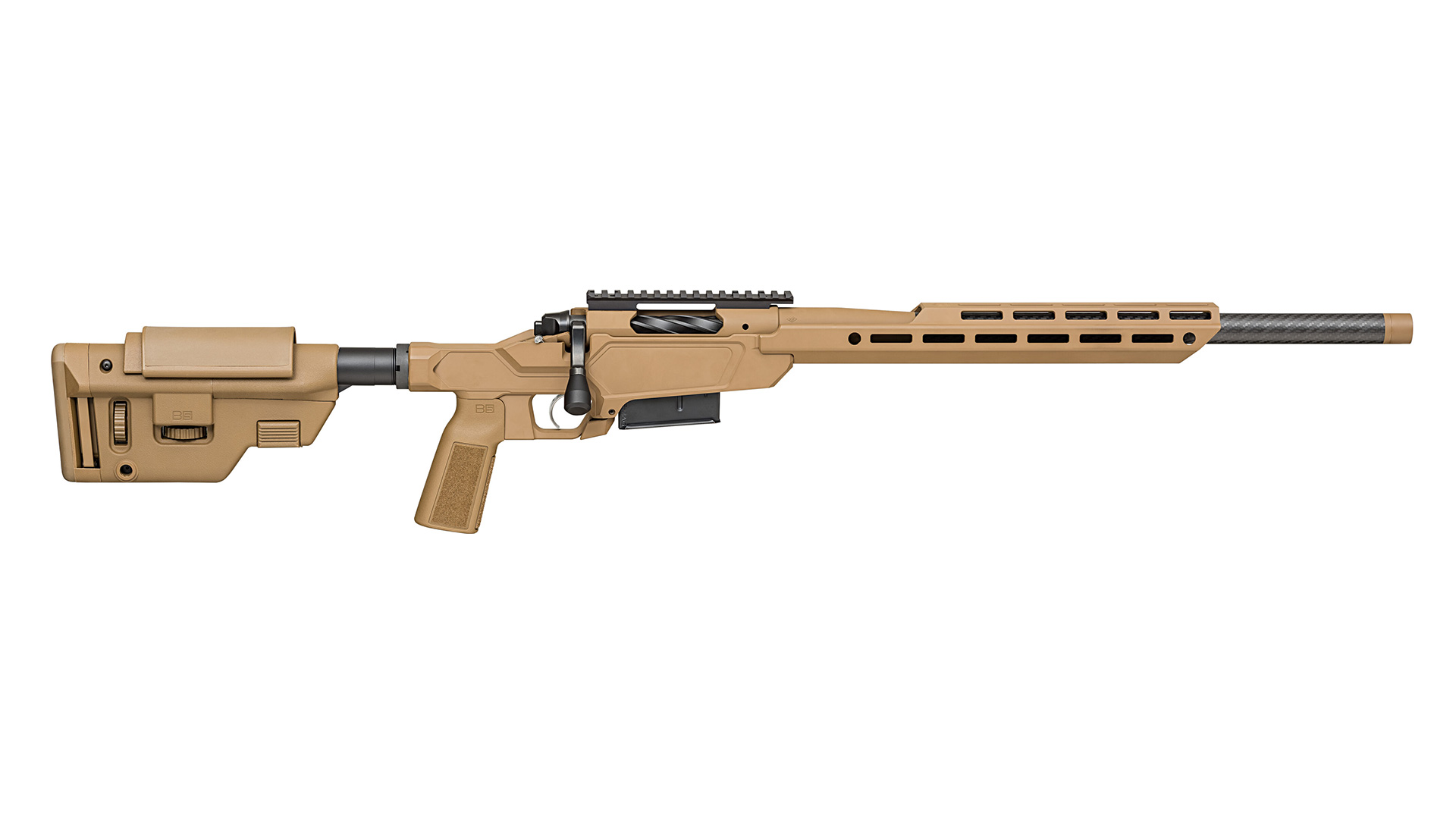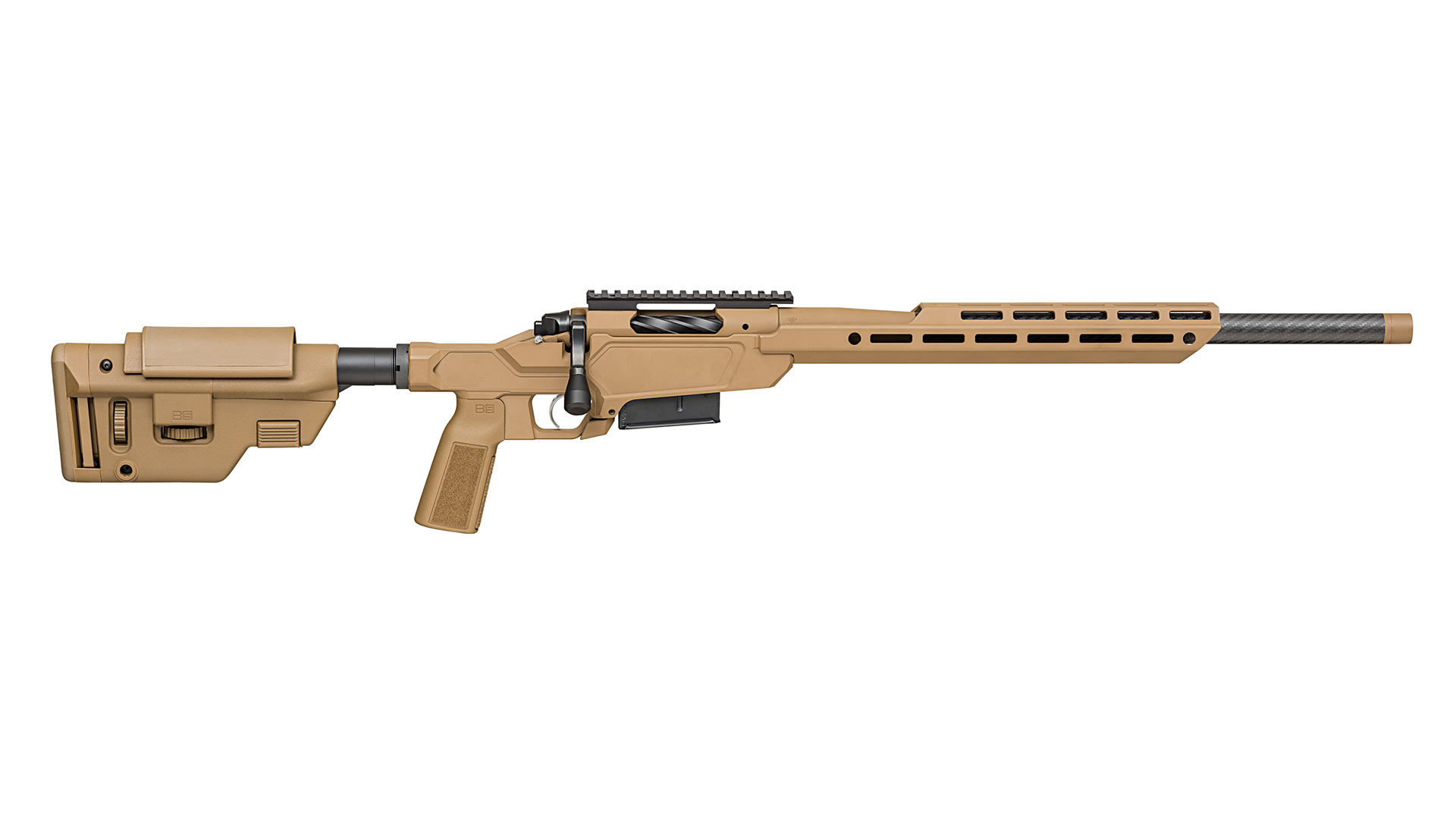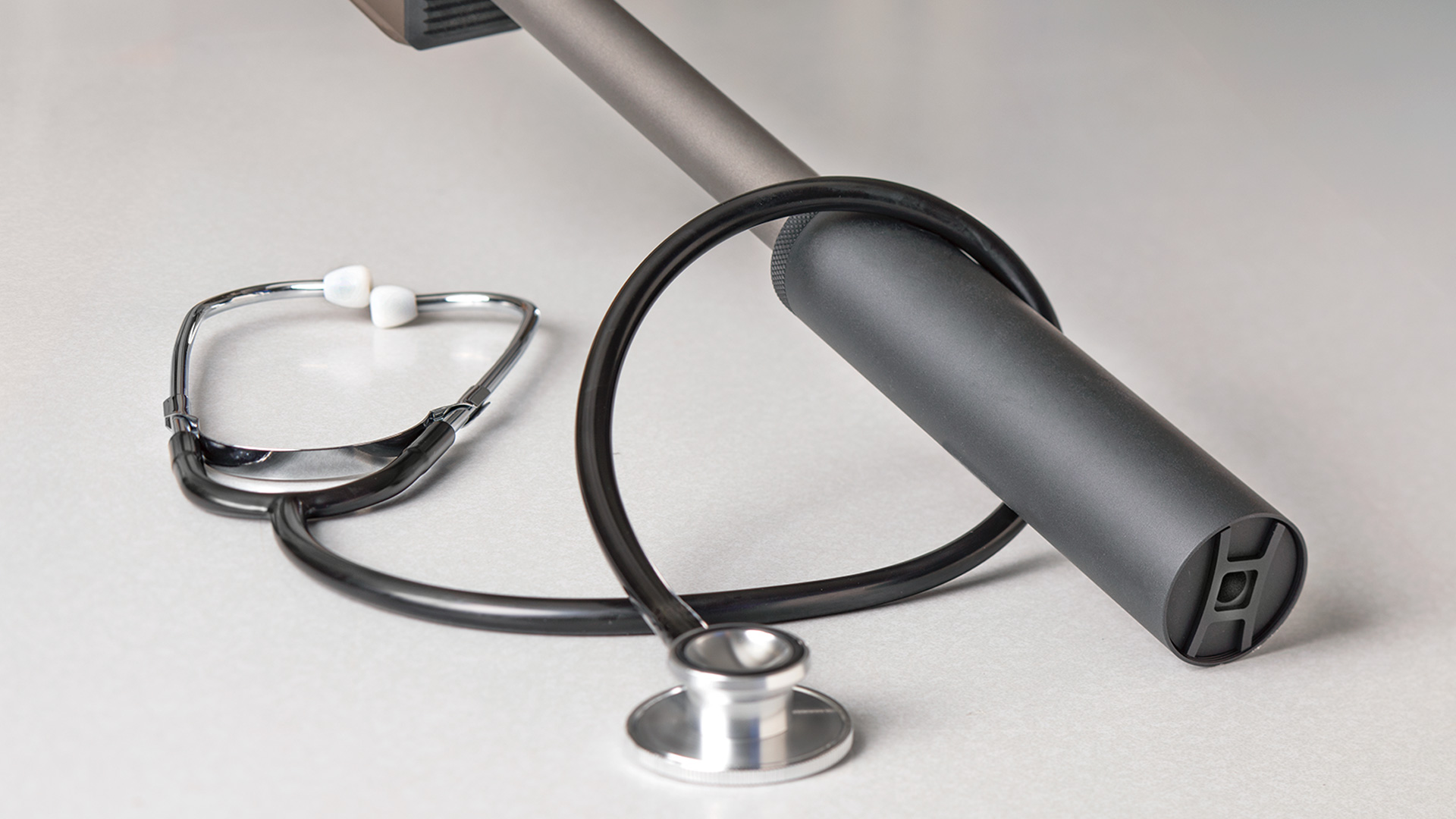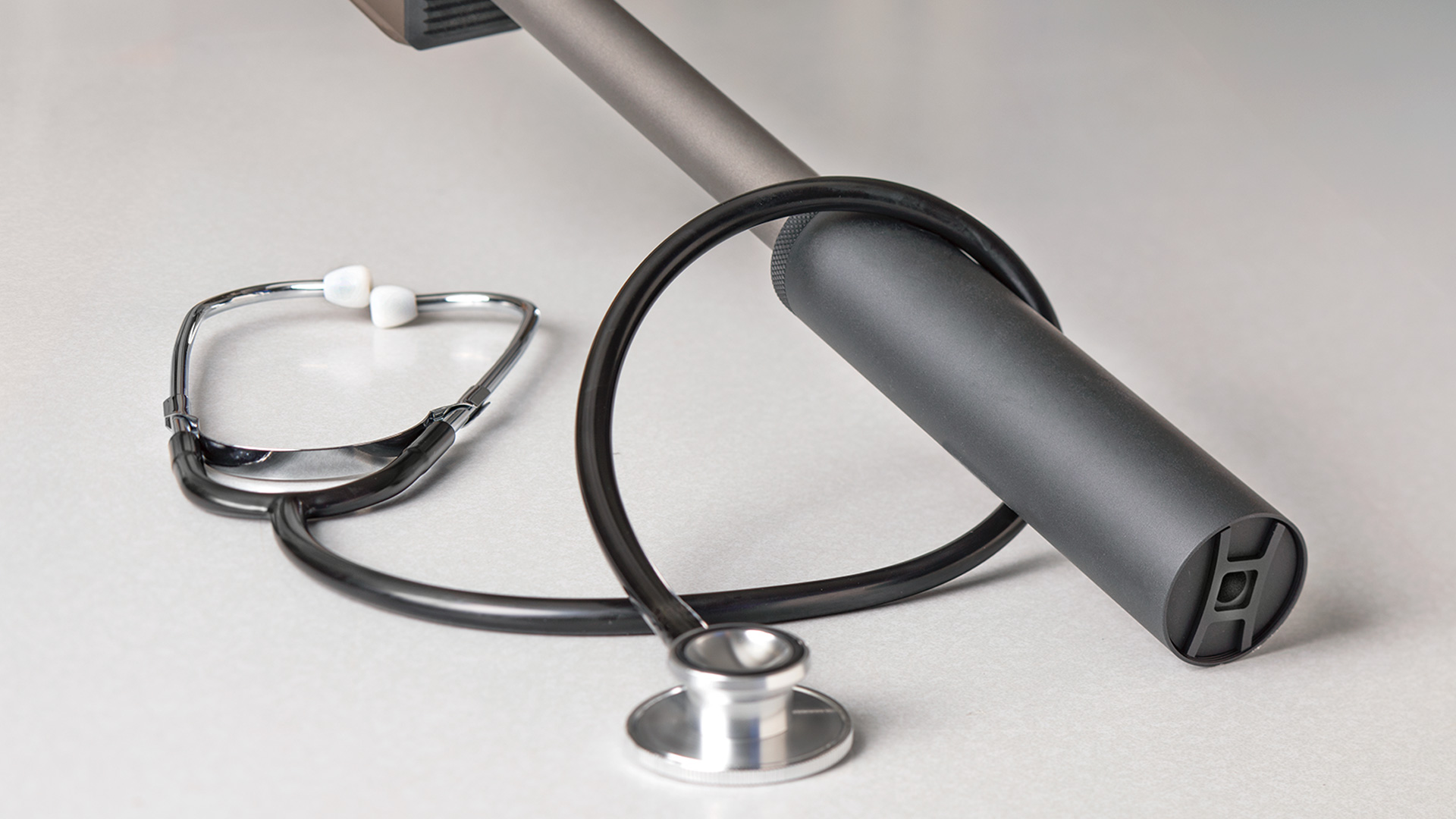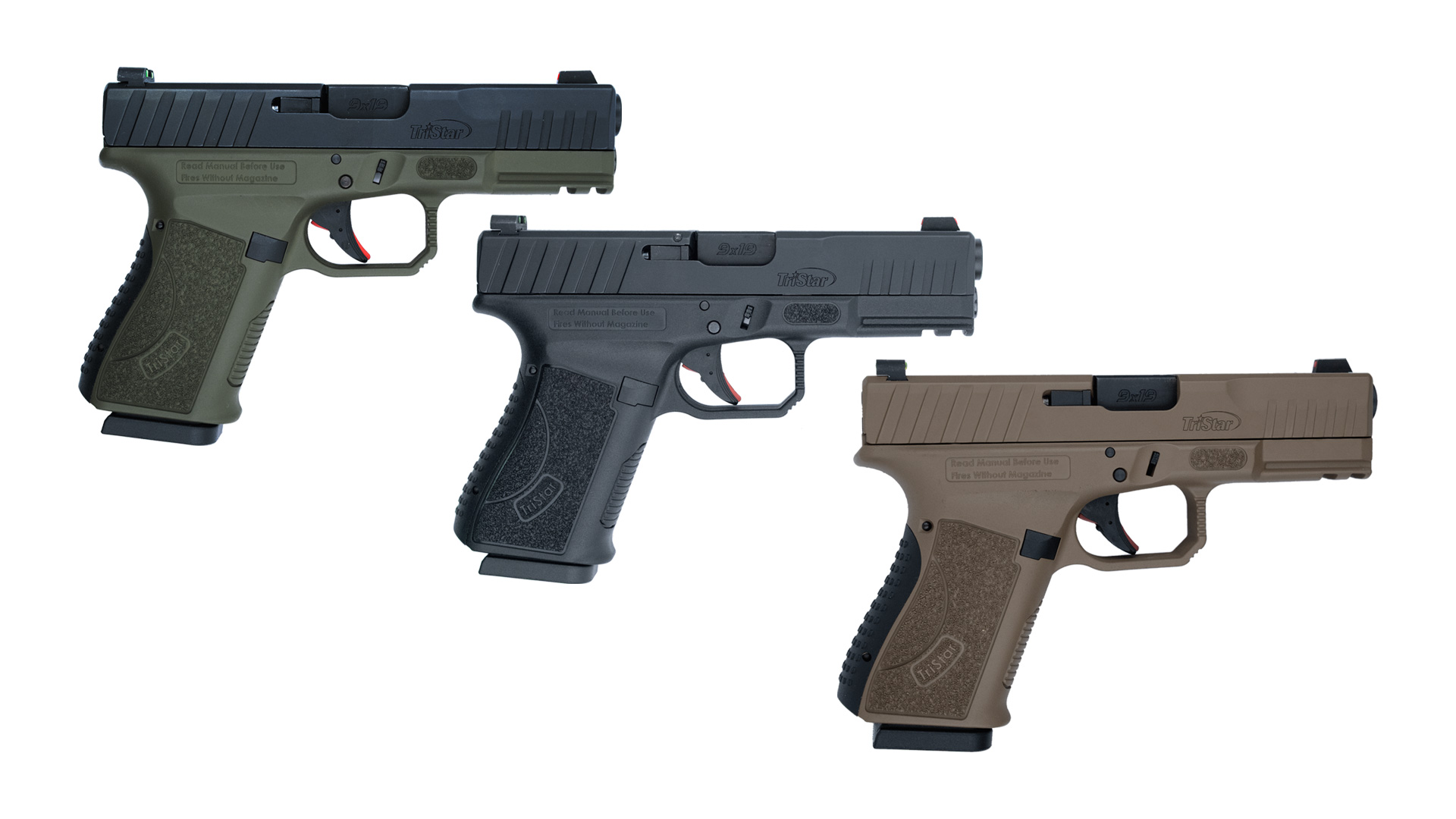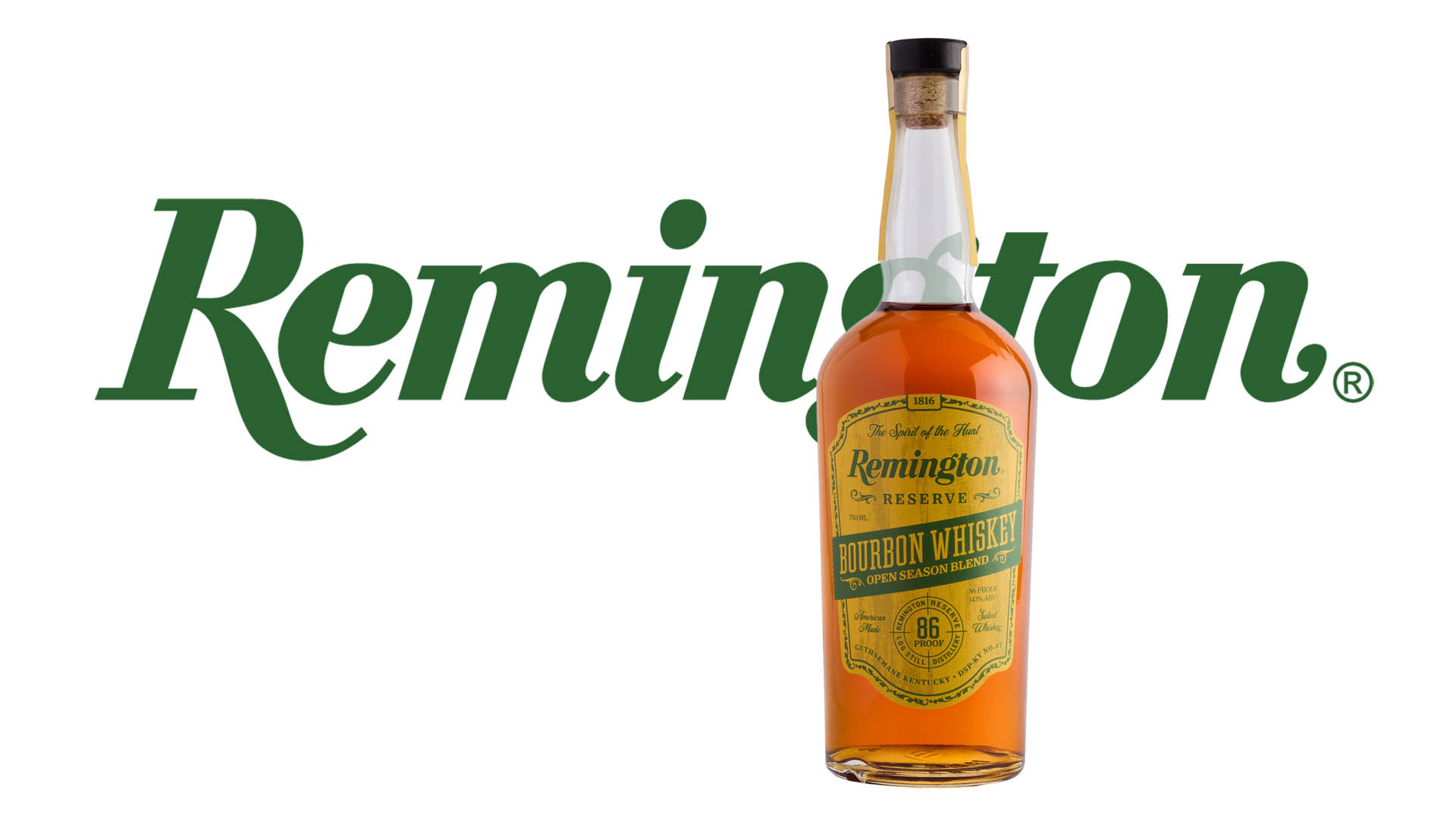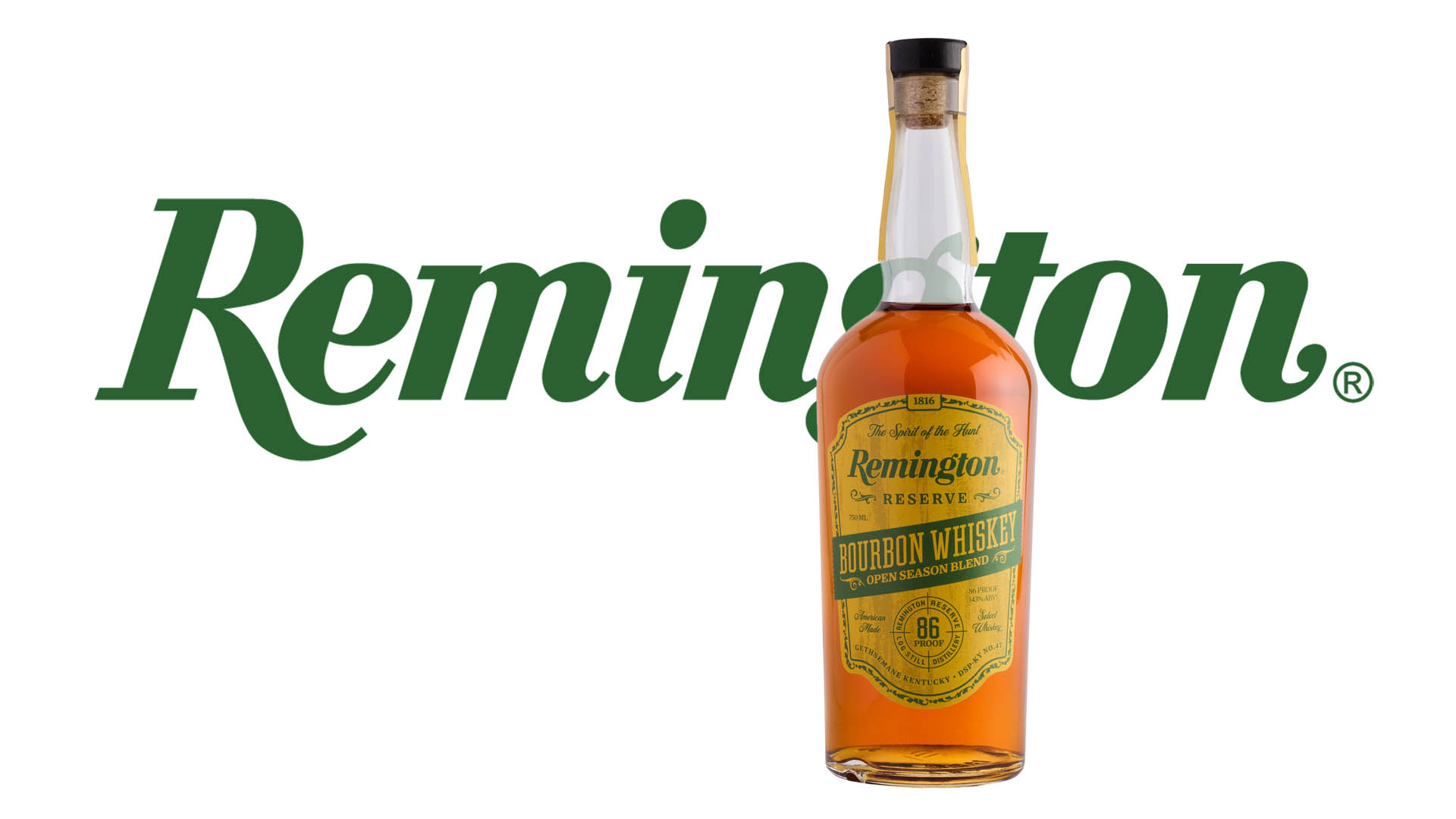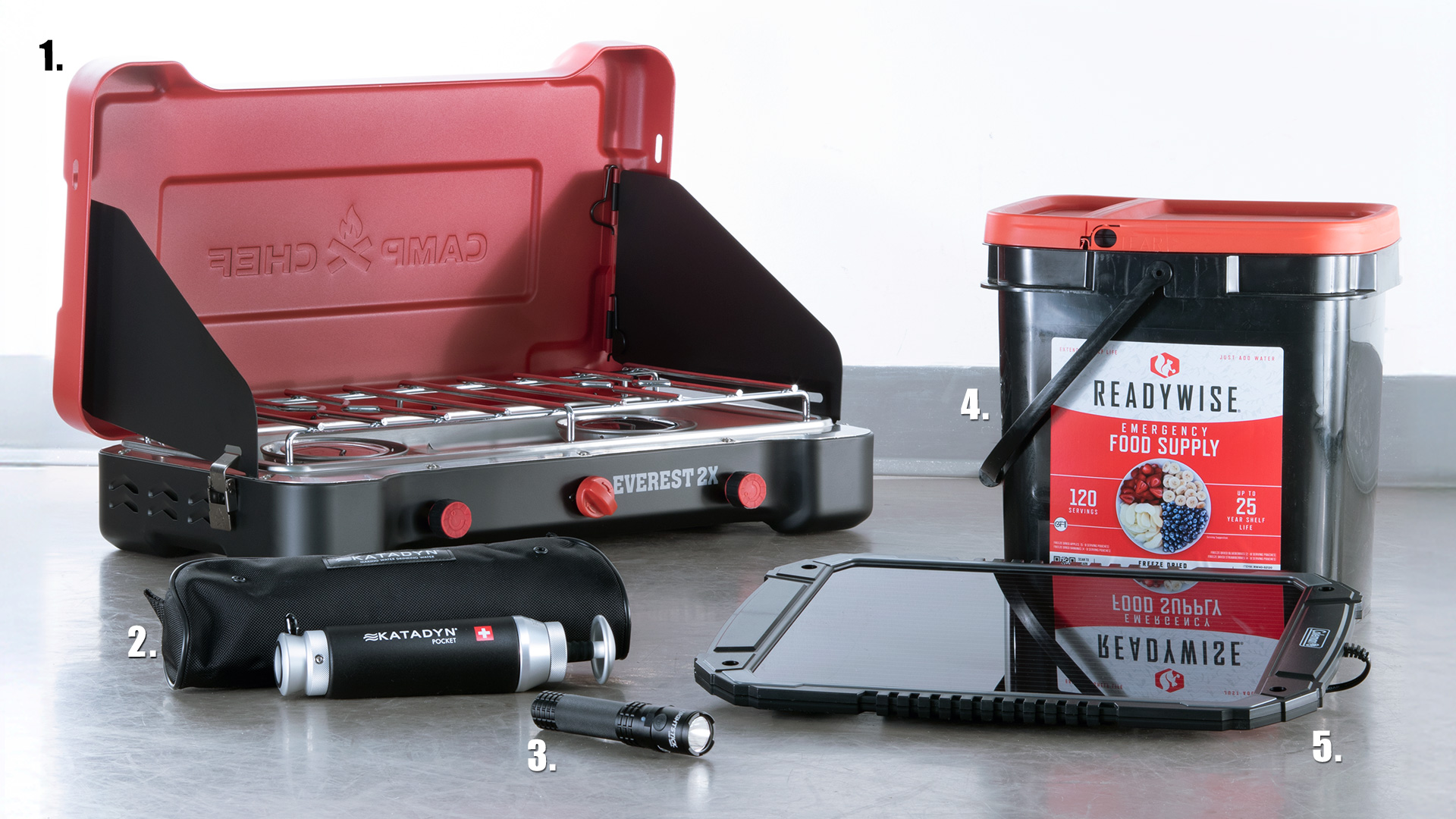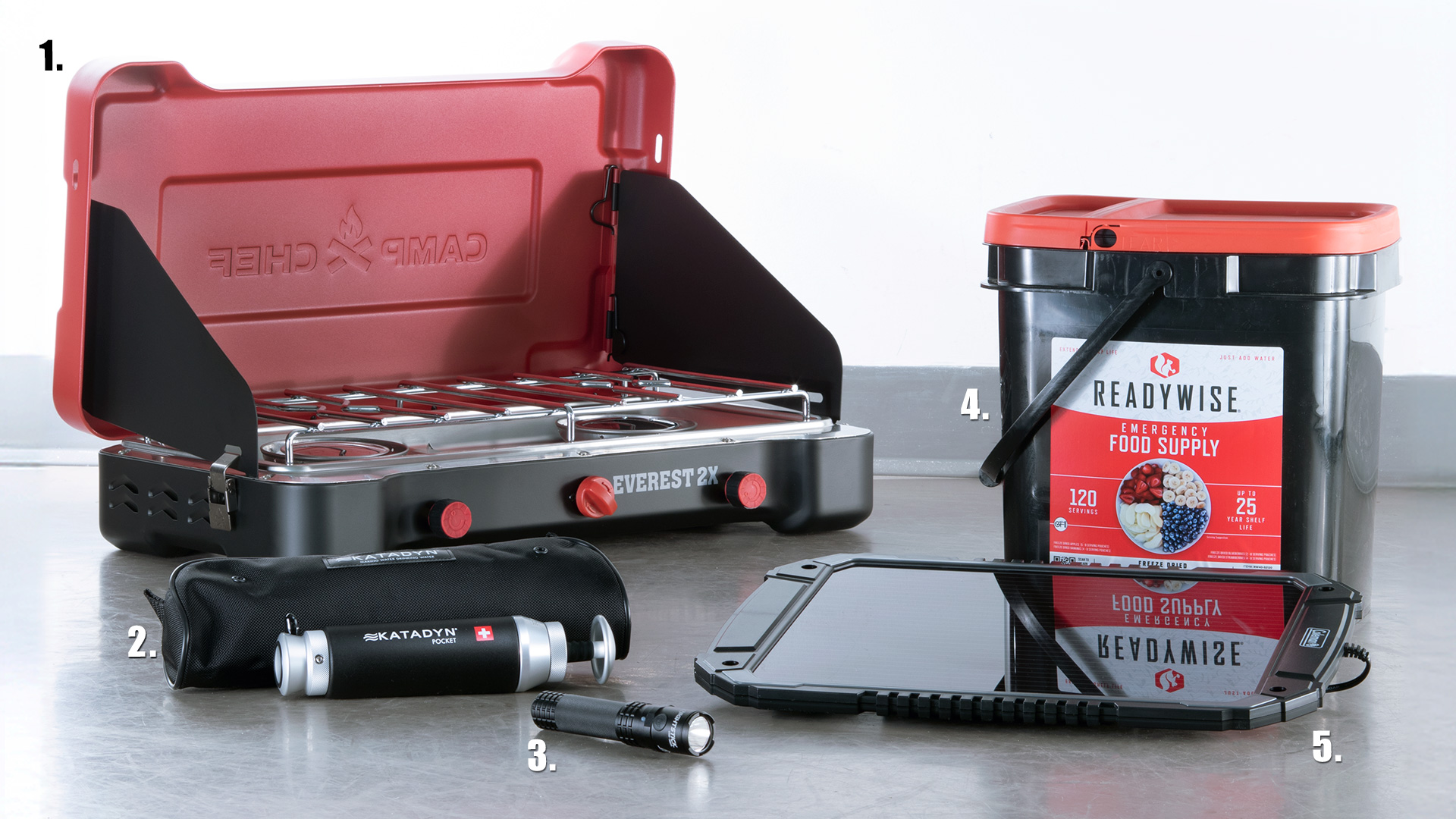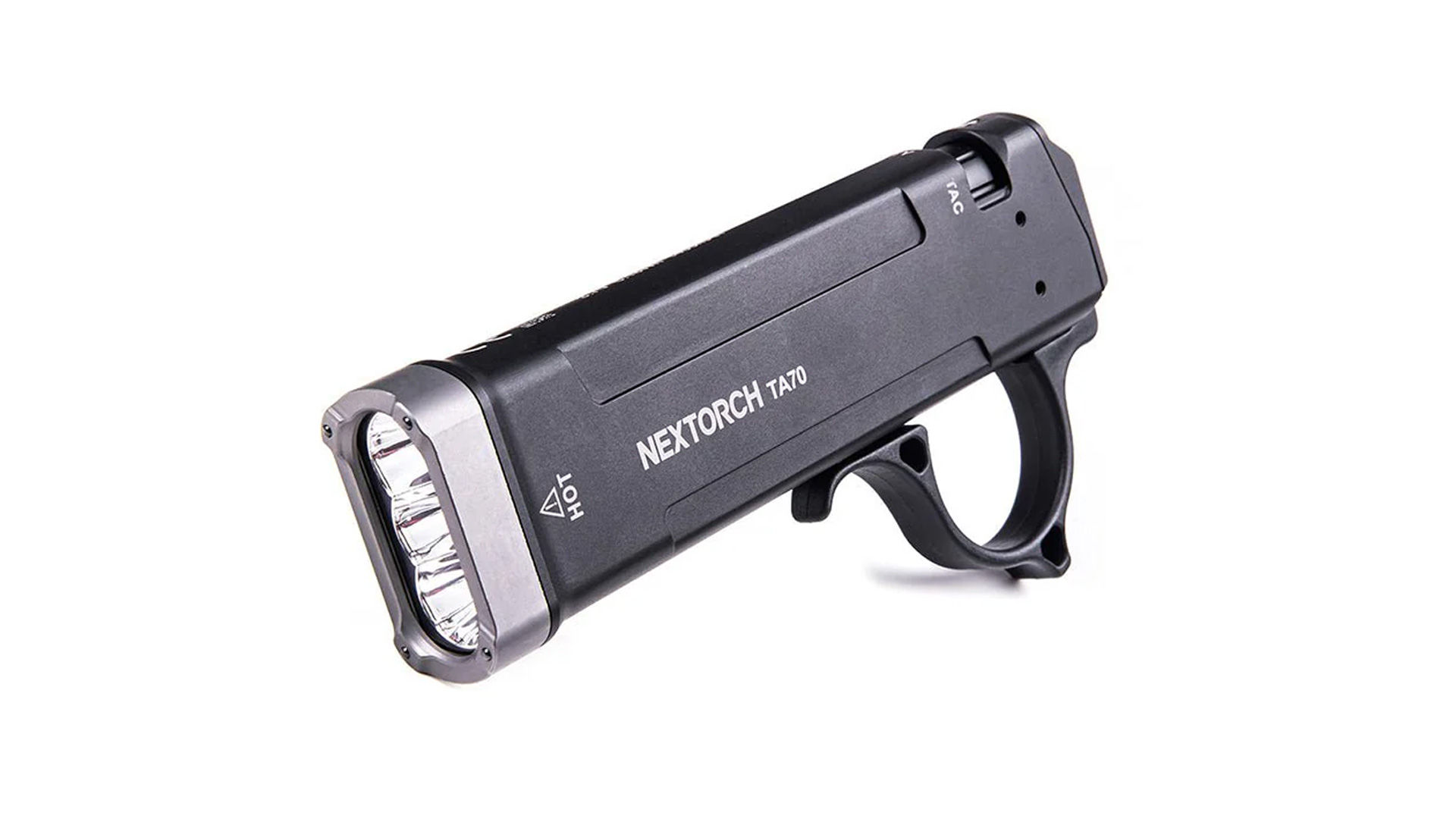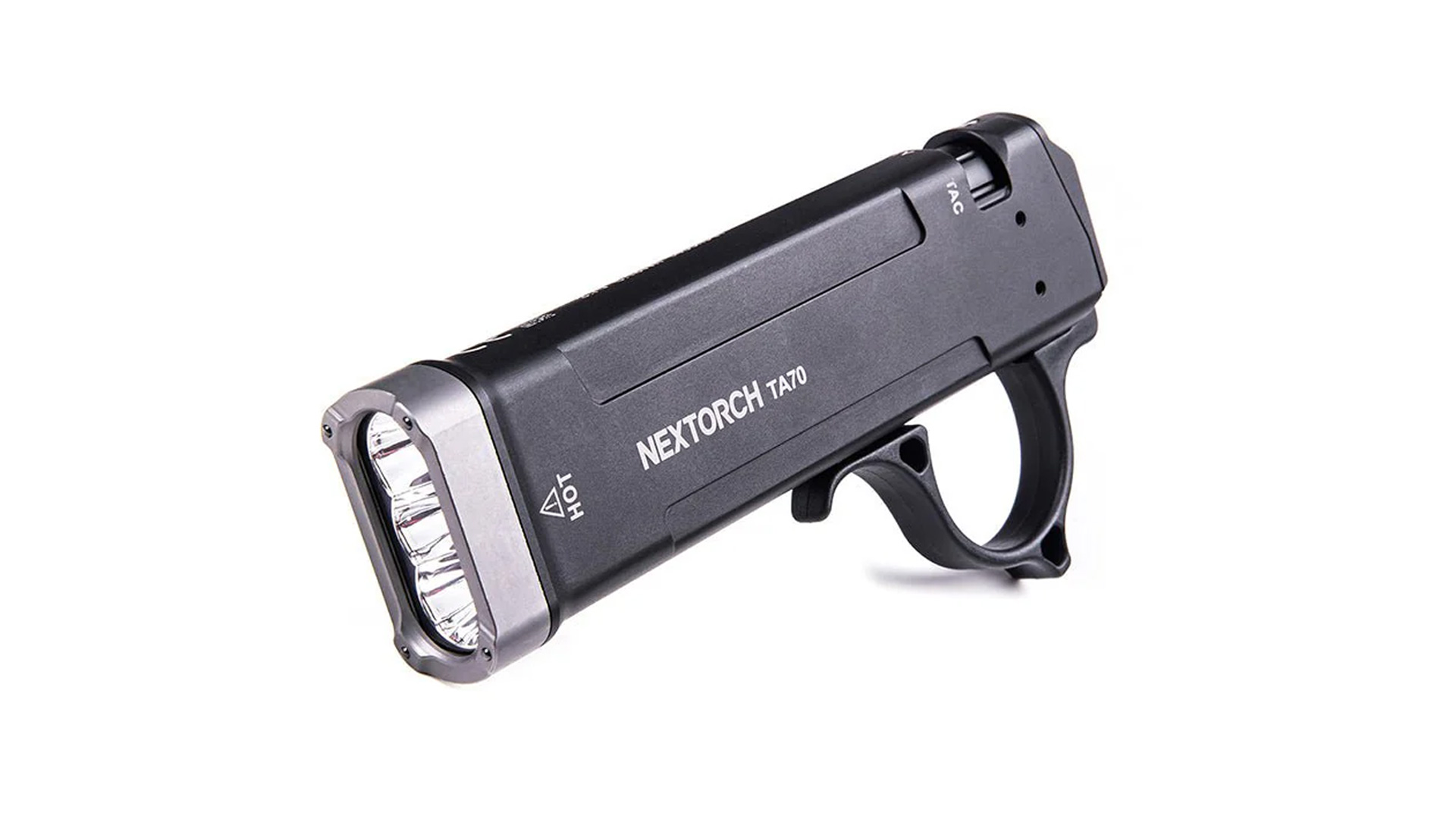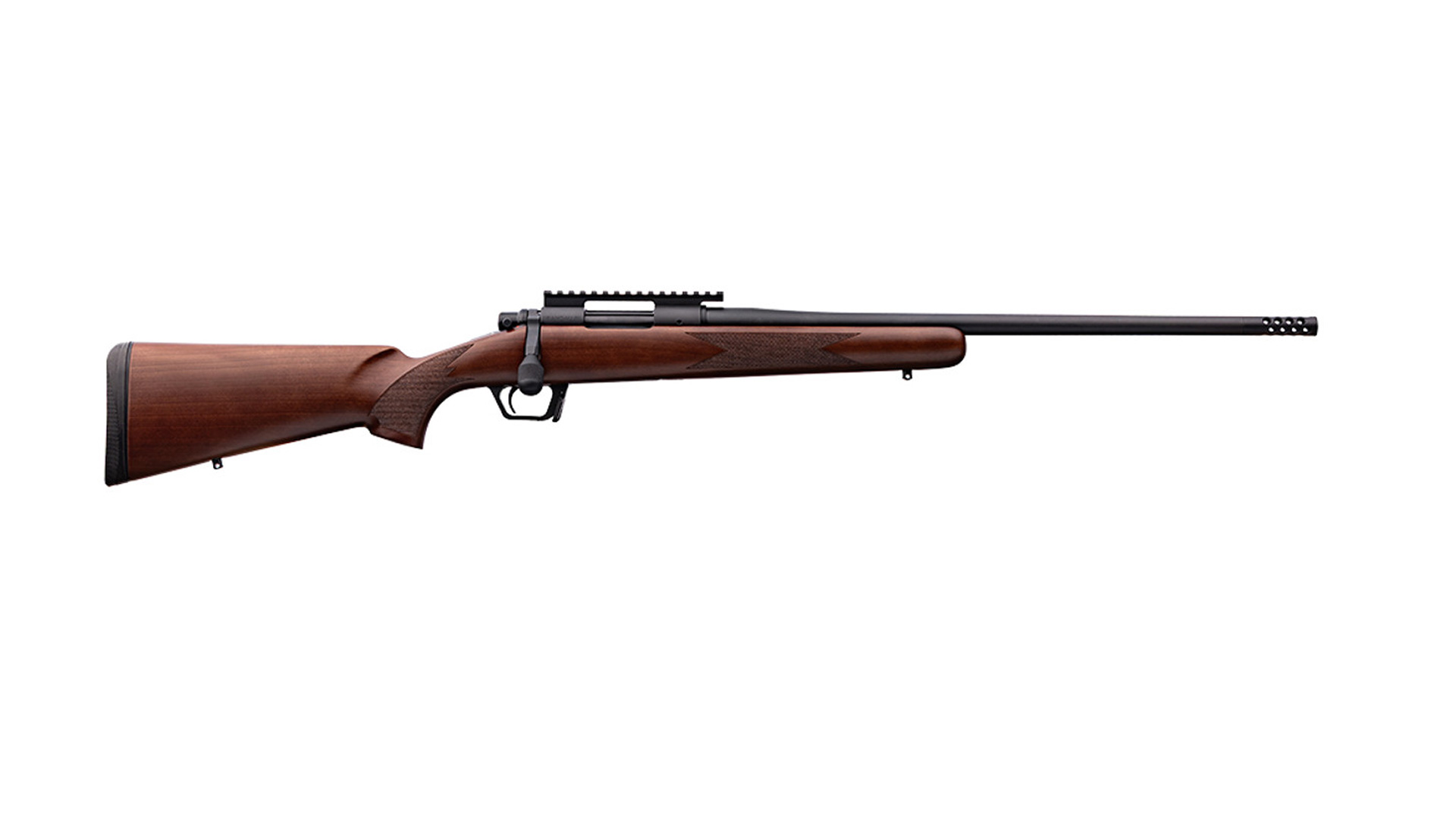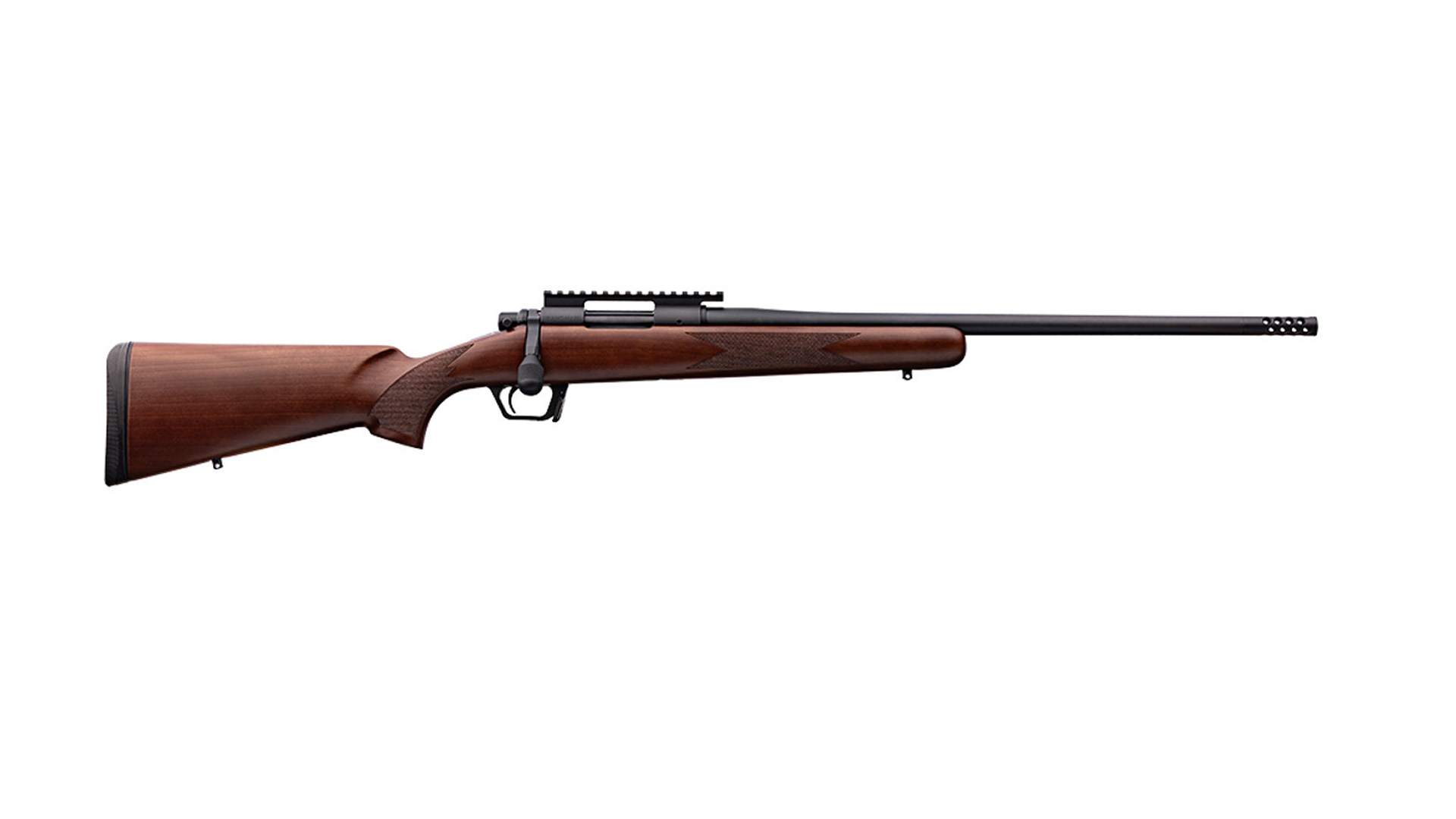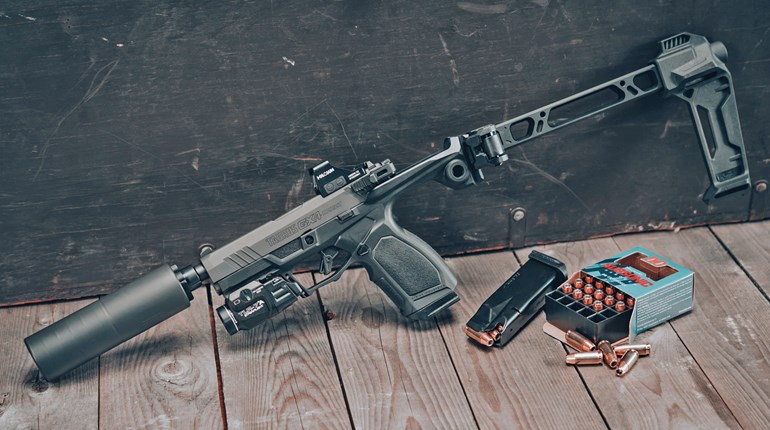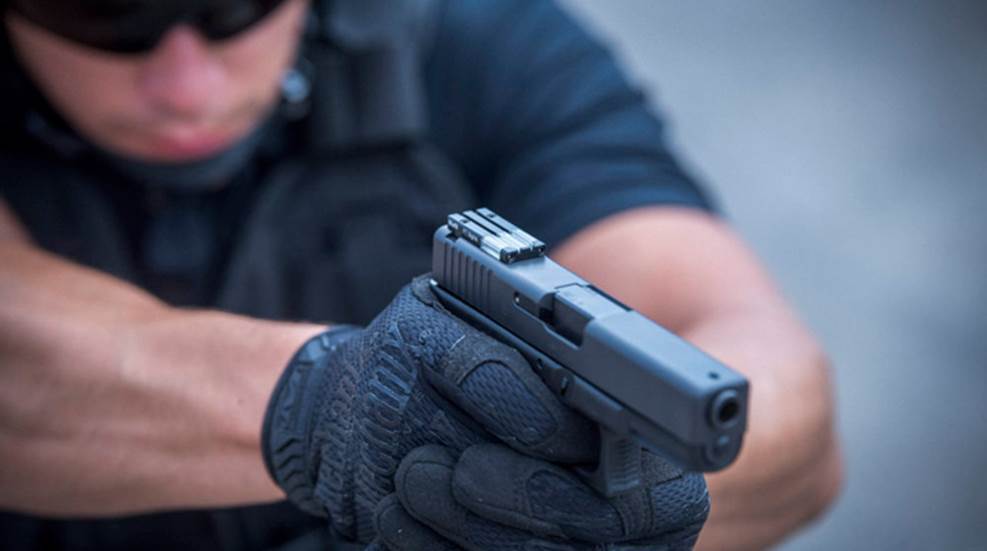
Any handgunner (combat or competition) will attest to the fact that first-round placement on target is critical to mission success. It is the anchor shot for any subsequent round placement and ensures that the shooter is appropriately set to deliver additional hits downrange. Given the importance of making effective first round placement, what does it take to accomplish this precarious task efficiently and expeditiously? Build the shot, keep hold control and ensure appropriate timing.
Build the Shot
Most experienced shooters know, especially under duress, that anything can go wrong in a first-round rapid deployment situation such as failure to clear your cover garment, failure to defeat any holster retention device(s), a poor initial grip and the like. The stress of exigent circumstances places additional pressure on your performance and further reliance on your skill. One of the most important mechanical skills you can develop to help tip the odds in your favor is to build that first shot early.
An integral part of any presentation is to ensure clearing the handgun from its holstered position (concealed or open carry) and bringing the muzzle to alignment with the target. Both of which are accomplished by applying optimal control. To gain such control is to build the shot by building a stable firing platform allowing you to break the shot without disturbing muzzle-target alignment and reset for the next round (aka good follow-through).
In a scenario requiring sighted fire for a reasonably technical shot, it can be broken down by the numbers: clear your cover garment, and/ or defeat any holster retention devices, and allow rapid access to your holstered firearm. The initial grip is the most important. You want as much surface contact with the gun as possible and appropriate close-to-the-bore-line thumb web placement in acquiring a positive grip.
To establish immediate control is to quickly clear the holster and orient the muzzle toward the target utilizing kinesthetic alignment with your strong hand. The first layer of stability in building the shot is at this initial presentation step employing strong hand only.
Linking your support hand with your strong hand, minimizing draw stroke tremor (prone to disturb muzzle orientation), adds a second layer of stability to the kinesthetic alignment process. Now in motion with both hands on the gun you continue with kinesthetic alignment until you can visually verify.
Hold Control
At this point in the process, perhaps at about 86/100ths of a second, you have brought your stability into alignment creating a stable firing platform.
The only remaining step is to break the round when your eyes tell you to do so without compromising alignment or stability aka hold control.
The NRA teaches hold control as an integral aspect of firing the pistol. The overarching concept of hold control is to maintain positive control of both stability and alignment, before, during and after breaking the shot. Herein lies the crux of ensuring effective first round placement. It is much easier said than done.
Master-level firearm instructors offer a couple of useful tips to maintaining good hold control. One of these is to not “make the round go” but to simply “let it go.” The difference between the two is to either muscle the trigger to a shot break or, to paint a useful mental image picture, visualize your break as a drop of water rolling down a leaf and gracefully, effortlessly, but with alacrity and no herky-jerky movement, springing off and away from that leaf.
Another useful tip is ‘don’t change anything.’ Once you’ve built the shot don’t change your grip or your muzzle orientation. World champion shooter and Master firearms instructor Rob Leatham admonishes against changing grip pressure between rounds or during any movement. If there are any changes in grip position, grip pressure or anything else for that matter, it will input unnecessary and undesired movement into your stable firing platform which will in turn alter your hard-earned muzzle alignment causing a miss.
Appropriate Timing

Timing is a critical issue when it comes to effective first round placement. During the shooting process each of the sub-processes to building the shot and maintaining hold control need to be accomplished in correct sequence, that is the precise mechanical movement at the appropriate time.
For example, in presenting your pistol from the holster, you want to be aware of adding any tremor after or during the time when welding your support hand to your strong hand. Since you’ve already began your kinesthetic alignment, if any disturbance, you’ll need to realign which burns precious hundredths or even tenths of a second – all of which matter in a gunfight. Competitions are also won and lost by hundredths and even thousandths of a second.
Professional shooter Mike Voigt (deceased) advised his shooting students to get their mind into the game early, be mentally and visually ready earlier and to build the shot earlier. It’s important for the consummate shooter to understand that there is a difference between faster and earlier.
You can only perform your physical skill at speeds commensurate with your maximum mechanical ability. However, you can certainly execute each step a little earlier on the shooting process timeline. Doing so, provides every advantage of building the shot, establishing hold control and applying appropriate timing in making expeditious first round placement right smack in the visual center of your intended target.




